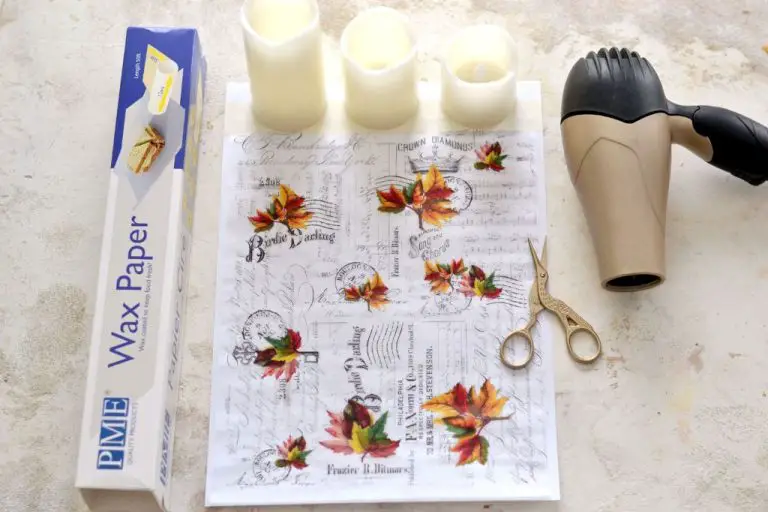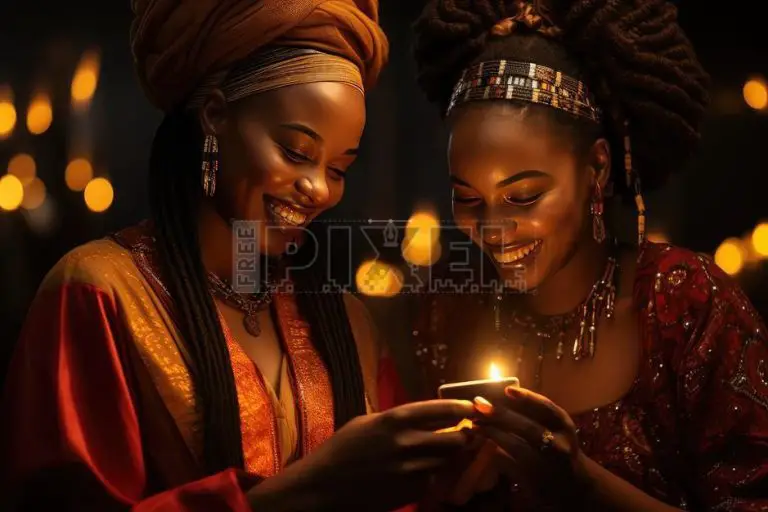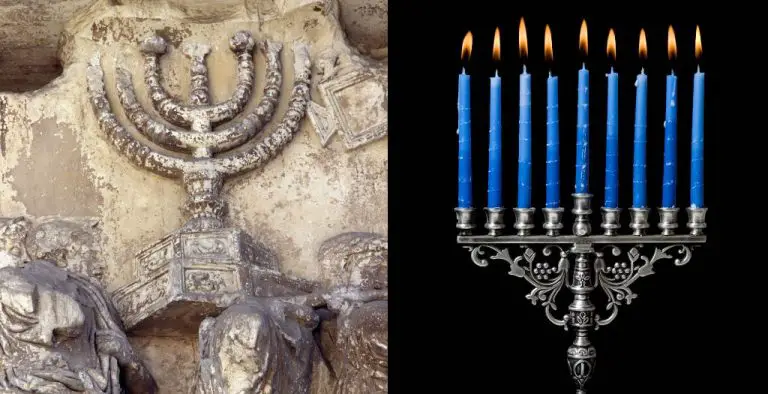How Do You Describe A Candle In Creative Writing?
Setting the Scene
The lone candle sat solitary on the table, casting a warm glow across the dark room. Its small flame flickered gently, like a heartbeat pulsating in the stillness. The candle was the only source of light, pushing back the shadows in its dim halo. It waited patiently in the quiet, a silent sentinel keeping watch through the long night.
Physical Description
The physical characteristics of a candle provide a striking visual that draws the observer in. The smooth, cylindrical shape rising upwards evokes a sense of gentle warmth. Candles come in an array of sizes, from small votives to large pillar candles. Their palette of colors can be bright and bold, like a fiery red, or muted and calm, like a pale blue. The diameter ranges from slender tapers to wide columns. The wax may be opaque or translucent, revealing the soft glow within. The surface could be perfectly smooth or artfully ridged with wavy lines. Candles reflect light with their glossy sheen, like moonbeams dancing on a lake at night. Their shape is a balance of symmetrically straight sides and elegantly curved tops. Every subtle physical attribute of a candle combines to create an enticing focal point.
The Visible Texture of Candles
The most obvious physical feature of a candle is the texture of its visible surface. Classic candles are formed from wax, which comes from bees or plants. Beeswax has a smooth, satiny finish when solidified into a candle. The wax is opaque, hiding the wick embedded within. Plant-based waxes like soy or palm can have a glossy or matte texture depending on added ingredients. The wax texture surrounds and secures the wick, which is normally made from braided cotton. The wick should be firmly joined to the wax base. A quality wick holds its shape and does not bend or fray easily when the candle is lit. The thickness and type of wick impacts how quickly the wax melts when exposed to flame. A proper wick promotes full wax melting and consistent burning. The combination of supple wax and resilient wick makes a candle visually appealing in its inactive state.
Scent
The scent of a candle is one of its most alluring and memorable qualities. As the wax melts and the wick burns, aromatic molecules are released into the air. These fragrant compounds infuse the surroundings with pleasant aromas that can relax, energize, or simply create a soothing ambience. The scent is determined by the oils, extracts, or perfumes blended into the candle wax. Popular scents include floral notes like lavender, citrus fruits, herbs and spices, earthy woodsy aromas, sweet sugary vanilla, clean cotton, and fruity berry blends. A scented candle transforms any space into an oasis of sensory delight. The fragrances dance invisibly through the air, evoking emotions, memories, and rich sensory impressions that linger even after the candle is extinguished.
Flame
The flickering flame of a candle is mesmerizing to watch. It dances and sways, full of vibrant energy. As the wax melts and the wick burns, the flame seems to glow from within, radiating a warm, comforting light. Looking into the heart of the flame, you can see subtle shifts in color from bright yellows to deeper oranges and reds. The tapering shape of the flame narrows to a fine, delicate tip that reaches upward, as if stretching for the skies. Captivating and elusive, the flame beckons your eyes to follow its hypnotic movements. Even when still, a sense of inner liveliness emanates from the flame’s glowing presence.
Light
The flickering light of a candle flame casts a warm, gentle glow. Unlike the harsh brightness of electric lights, a candle’s radiance is soft and inviting. The flame dances and sways, sending shadows dancing on the walls. Its lambent light reaches into the furthest corners of a room, banishing darkness. Looking into the heart of the flame, one sees a bright white core surrounded by a halo of gold and orange. This living light brings life and luminance to its surroundings. A candle’s illumination is intimate, connecting people through its contained fire. Whether lighting a cozy dinner or providing a beacon of hope, a candle’s light has guided and warmed humanity through the ages.
Melting
As the flame dances atop the wax, the candle begins to surrender to the heat. The once solid and rigid pillar transforms into a molten fluid before your eyes. The wax nearest the wick is the first to succumb, softening from the inside out. Tiny beads of liquid wax start to form right below the flame. They swell with the heat and gravity tugs them down the candle’s edges. Slow droplets give way to steady drips racing down the sides. The candle cries waxen tears as it melts under the fire’s embrace.
Purpose
A candle’s soft, flickering glow sets a mood like nothing else can. The ambiance a candle brings to a room instantly conjures up feelings of warmth, intimacy and tranquility. Candles have a unique ability to transform any space, be it in the home or outdoors, into a sanctuary of relaxation and reflection.
Candles are often used to mark special occasions and ceremonies across cultures. They are a staple at celebrations like birthdays, anniversaries and holidays. Lighting candles signifies important moments and memories. The candlelight represents cherished time with loved ones.
In moments of remembrance and grief, candles are lit to honor those we’ve lost. The gentle flame pays tribute in a touching, symbolic way. During challenging times, the comforting flicker of a candle brightens the darkness. The soft light brings hope and shows that even a small flame can make a big difference.
Emotion
The simple flame of a candle can stir deep emotions within us. The warm, gentle glow emanates a sense of calm and comfort, inviting us to slow down, relax, and appreciate the present moment. As the flame dances and flickers, it brings a hypnotic joy, capturing our attention and imagination. Candles often feature in celebrations, adding a magical touch that heightens the emotions of togetherness. Their soft light sets a romantic mood, or creates a peaceful ambiance for quiet reflection. The emotional qualities of candlelight span from the excitement of a birthday cake, to the serenity of a meditation space. A candle represents the light within – our inner radiance, hopes, and dreams. Its glowing presence is a reminder to nurture our soul, and appreciate the simple sources of meaning and delight in our lives.
The Emotional Impact of Candles
Candles emit a subtle yet powerful magic. The flickering flame mesmerizes, while the swirling scented smoke envelops the senses. As the wax melts, time seems to slow down, inviting contemplation and connection. The candle’s glow creates a warm ambiance, a small light in the darkness, kindling hope and joy within. Though a simple object, the candle radiates comfort and community, capturing the timeless ritual of gathering in fellowship and celebration. When the flame extinguishes, it leaves behind inspiration and meaning, its impression lingering like a cherished memory. Truly, the emotional impact of the candle far exceeds its physical form.





